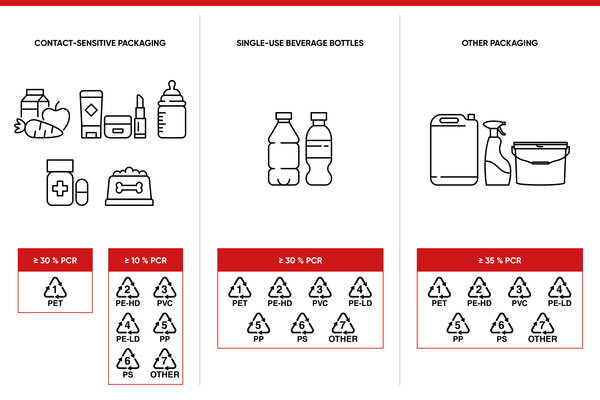Circular Economy, Sustainability, Reuse, Reduce, Recycling
On the way to a circular economy: Update on the PPWR
05.11.2024 | 4 min read









